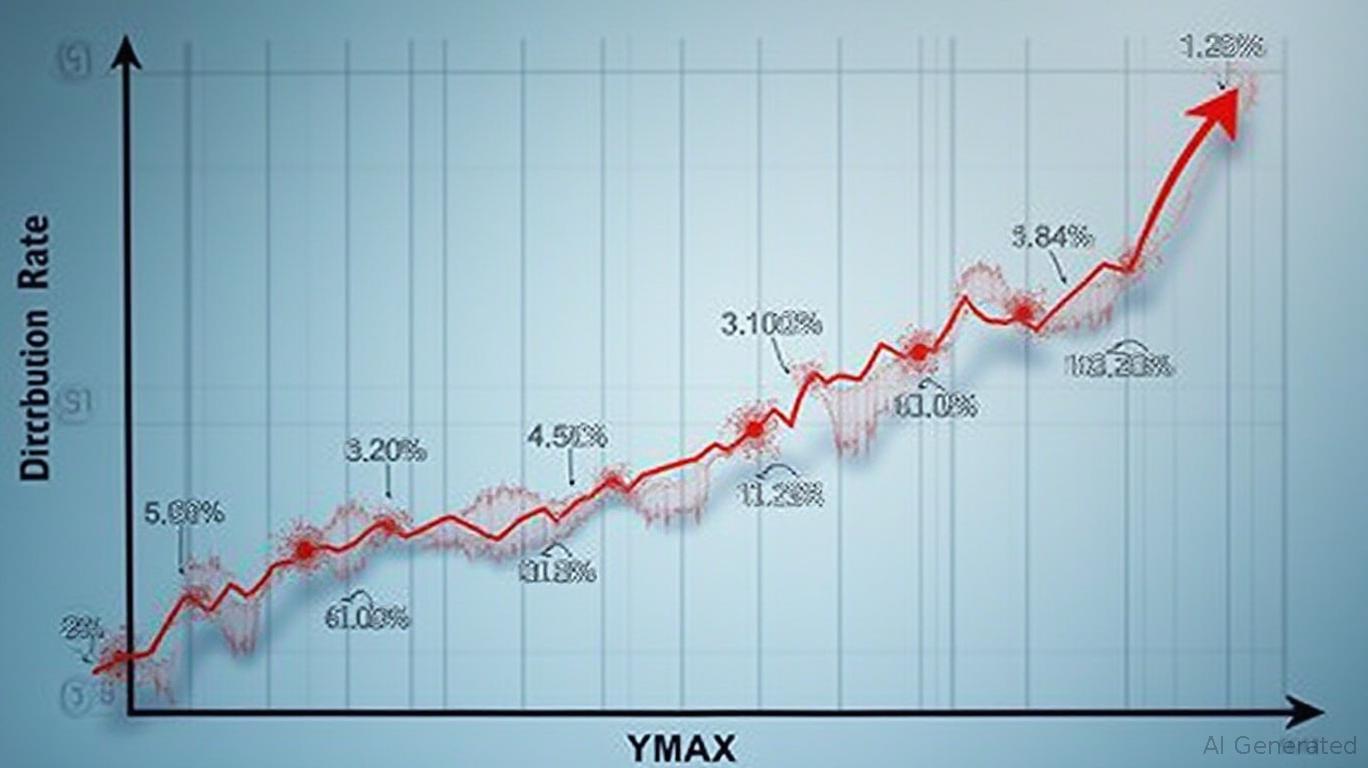13% Yield with Tech Flavor: Is QMAX's Dividend a Steal or a Trap?
The Hamilton Technology YIELD MAXIMIZER™ ETF (QMAX) has once again drawn attention with its April 2025 dividend announcement of CAD $0.20 per unit—a headline-grabbing 13.34% forward yield. But behind the flashy numbers lies a strategy that demands scrutiny. Let’s dissect whether this high-yield tech ETF is a golden opportunity or a risk-laden gamble.
The Dividend Details: A Slight Dip, But Still Eye-Catching
QMAX’s April distribution of $0.20 marks a modest decline from March’s $0.2030—a drop of 1.48%. While this might raise eyebrows, the ETF has consistently targeted a 13%+ annual yield, and the April payout still aligns with its stated “regular cash distribution” of $0.20 monthly. Unitholders must own shares by the April 30, 2025 ex-dividend date to qualify, with payments hitting accounts on May 7.

How QMAX Generates Income: Covered Calls in Tech Land
The ETF’s secret sauce is its active covered call strategy, which involves holding tech stocks and selling call options against them. This approach generates premium income while capping upside potential—a trade-off for investors seeking steady dividends. The portfolio focuses on technology sectors, with a medium risk rating, and a 0.65% management fee that’s typical for actively managed ETFs.
But how does this strategy hold up? Let’s look at the data:
Historical data shows QMAX’s distributions have fluctuated narrowly, staying within a $0.19–$0.21 range since mid-2024. The slight dip in April might reflect market volatility or adjustments to its options portfolio.
The Yield: Too Good to Be True?
A 13.34% yield is undeniably tempting, but context matters. The figure is calculated using QMAX’s unit price as of April 25, 2025. For comparison:
XLK, a passive tech ETF, yields around 0.5%—a stark contrast. QMAX’s outsized payout isn’t magic; it’s the result of its covered call strategy and concentrated tech focus. However, this comes with risks.
Risks to Consider
- Volatility Mitigation ≠ Safety: While covered calls reduce downside risk, they also limit upside gains. In a roaring bull market, QMAX might underperform pure tech ETFs.
- Sector Concentration: Tech stocks are inherently volatile. A downturn in semiconductors, AI, or cloud computing could hurt returns.
- Dividend Sustainability: The April dip hints at potential variability. If interest rates rise or market stress intensifies, maintaining the 13% yield could prove challenging.
The Bottom Line: A High-Yield Tool, Not a Free Lunch
QMAX is best suited for investors seeking income in a low-yield world, willing to trade some upside for stability. With a 13%+ yield and a disciplined strategy, it could be a valuable component of a diversified portfolio—provided you:
- Monitor distributions: The April dip is a reminder to watch for trends.
- Understand the trade-offs: Covered calls cap gains but provide predictable payouts.
- Avoid overconcentration: Tech is already a volatile sector; layering in a strategy that further restricts upside requires caution.
Final Analysis: Go for the Yield, but Keep an Eye on the Horizon
At 13.34%, QMAX’s yield is a siren song in a market starved for income. Yet its covered call approach and tech focus mean it’s not a “set it and forget it” investment. Investors should pair this ETF with broader market exposure and remain vigilant about shifts in interest rates or tech sector dynamics.
As of April 2025, QMAX has mirrored NASDAQ’s volatility but with smoother returns—a testament to its strategy. For income-focused investors who can tolerate moderate risk, it’s worth considering—but never without a plan for rebalancing and risk management.
Final Verdict: A high-yield tech ETF with discipline—but only for those who understand its limits.

_0e1fe4dd1749774841146_643349c61749775382406.jpg)







